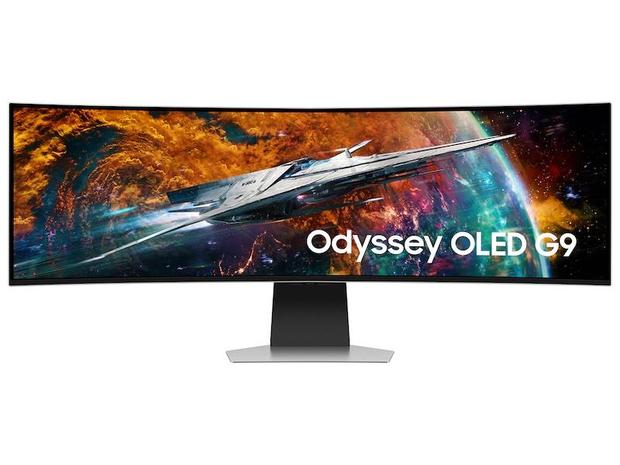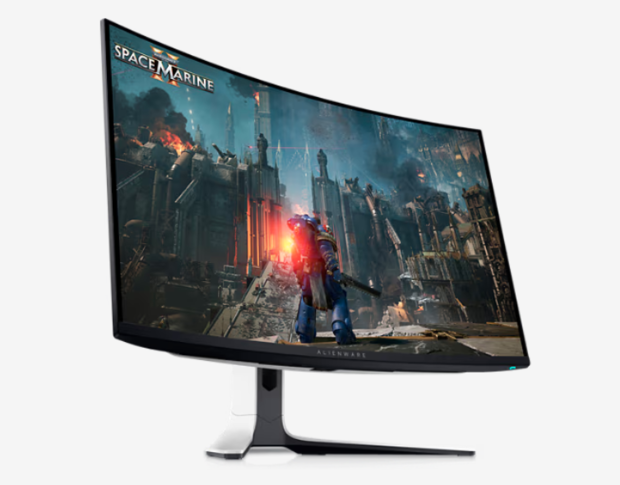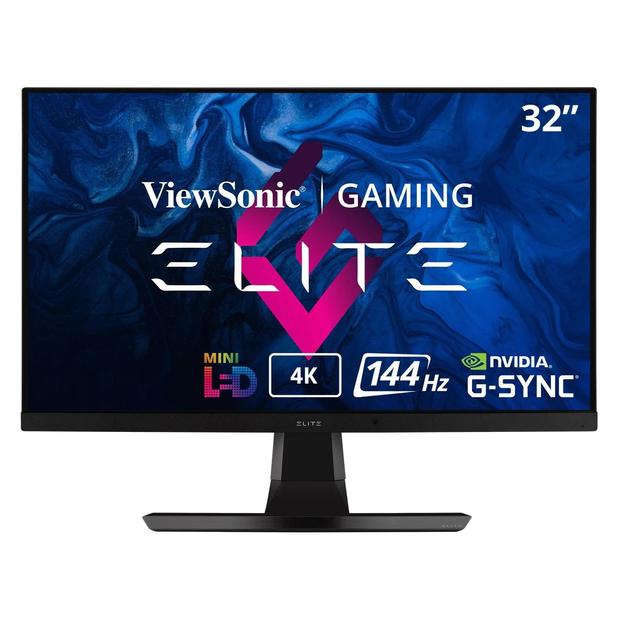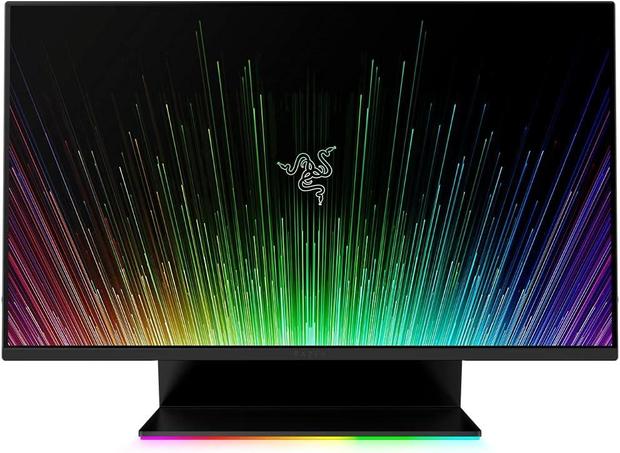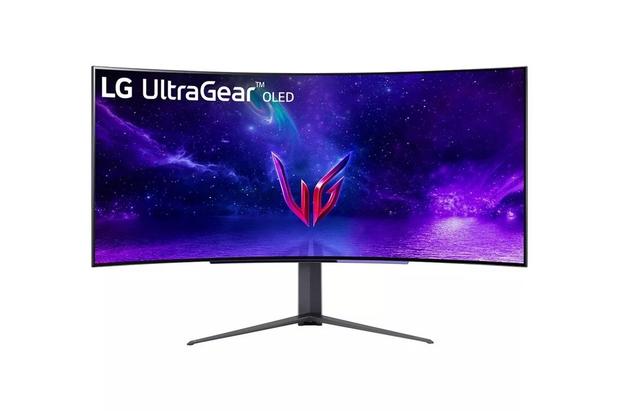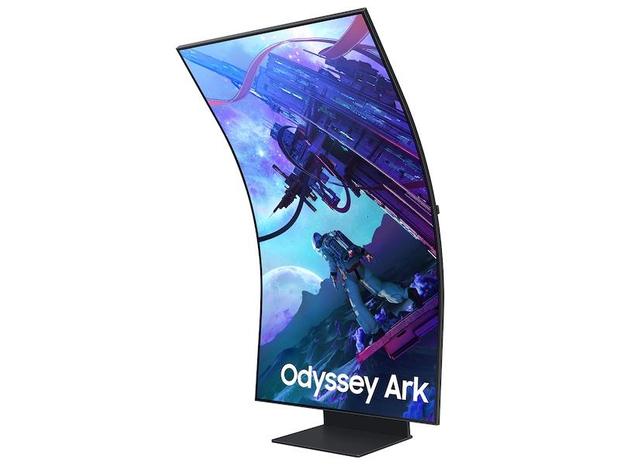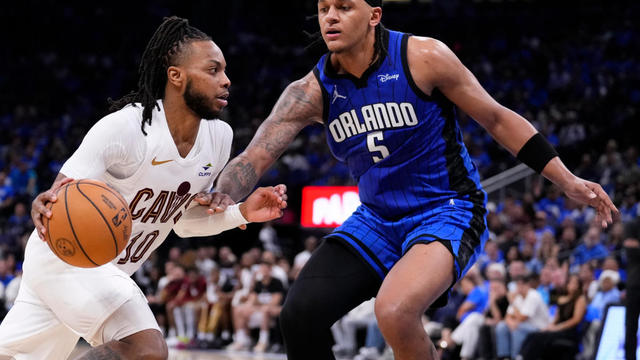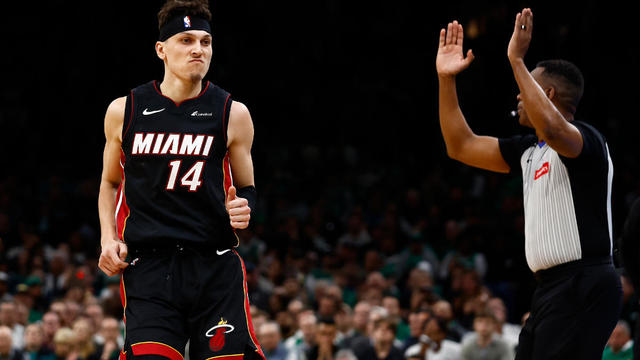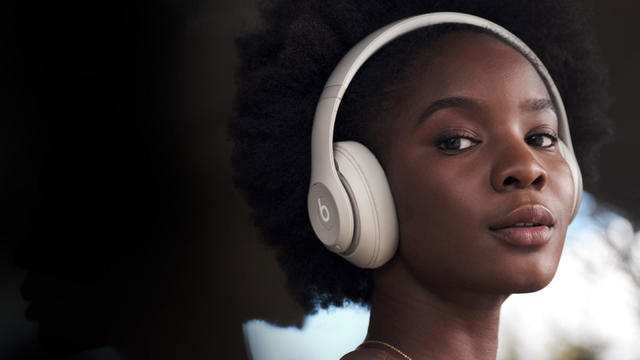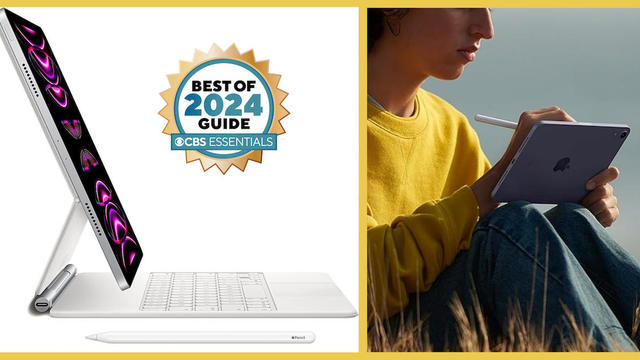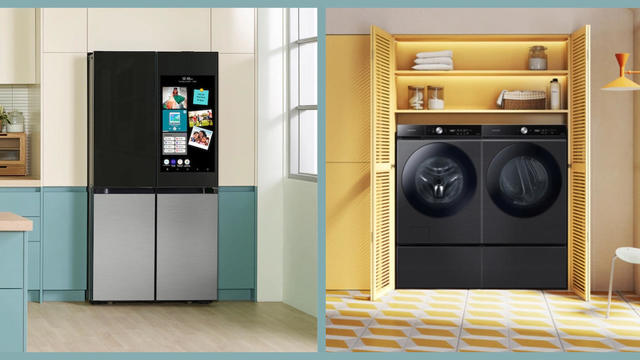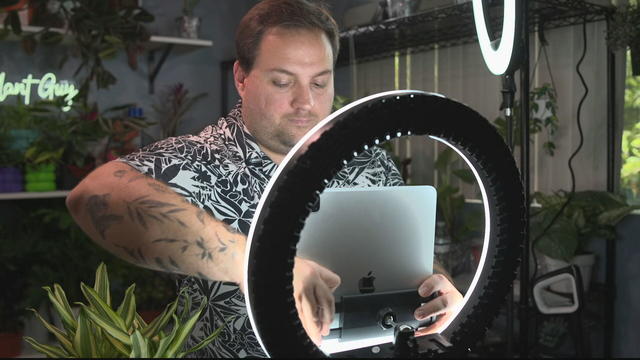The 6 best gaming monitors for 2024
Whether you're a moderate or serious gamer, one of the most important components of your gaming gear should be your monitor. The very best gaming monitors offer a high resolution, fast refresh rate, impressive response time and a screen size that nicely fits within your gaming haven.
You can go all out and spend $2,500 on the Samsung 57-inch Odyssey Neo G9 Dual 4K UHD Quantum Mini-LED gaming monitor (which is absolutely gorgeous, by the way), but most people don't have that kind of cash sitting around. So our in-house gaming experts have curated this roundup of the best gaming monitors to accommodate more typical gaming spaces. Don't worry: Each monitor still offers a premium visual experience when playing your favorite games.
- Best gaming monitor overall: Samsung 49" Odyssey OLED G9 (G95SC)
- Best OLED gaming monitor: Dell Alienware 32" AW3225QF 4K
- Best Mini-LED gaming monitor: ViewSonic 32" Gaming Elite XG321UG
- Best 27" gaming monitor: Razer Raptor 27"
- Best 45" gaming monitor: LG 45" UltraGear QHD
- Best rotating and curved gaming monitor: Samsung 55" Odyssey Ark (2nd Gen)
Need help beyond monitors? We have you covered. Learn about all of the best gaming gear for 2024 -- including gaming laptops, gaming keyboards, gaming headsets, the best Nintendo Switch games, the best PlayStation 5 games and the best Xbox games -- all courtesy of our relentless tech coverage. And be sure to read our in-depth reviews of popular video games, like "Super Mario Bros. Wonder," "Super Mario RPG" and "Mario vs. Donkey Kong," as well as gaming systems, like the Asus ROG Ally.
What's the best gaming monitor in 2024?
When it comes to the best gaming monitors you can get right now, they're available in a wide range of sizes, and come from brands like Acer, Asus ROG, Dell Alienware, HP, LG, Razer, Samsung and ViewSonic. Some have a traditional flat design, while others are curved.
Best gaming monitor overall: Samsung 49" Odyssey OLED G9 (G95SC)
Display size: 49 inches | Resolution: 5,120 x 1,440 pixels (Dual QHD) | Display type: OLED | Refresh rate: 240Hz | Aspect ratio: 32:9 | Contrast ratio: 1,000,0001:1 | Adaptive sync support: FreeSync Premium Pro, G-Sync | Max. brightness: 250 nits | HDR support: HDR10+ Gaming, Display HDR True Black 400 | Curvature: 1800R | Response time: 0.03ms (GTG) | Adjustability: Height, Tilt | Dimensions: 47 x 20.8 x 9.3 inches
While we absolutely love the 57-inch version of the Odyssey Neo G9 monitor, it's just too large to be practical in most homes. But even this 49-inch version of the monitor features a stunning display. Even better: It can fit on an average-sized desk.
The Samsung Odyssey OLED G9 was definitely designed with gamers in mind. It features a high refresh rate (up to 240Hz) and really short response time (0.03ms). You also get both FreeSync Premium Pro and G-Sync support, so you won't see those annoying flickers. You'll also get good contrast ratio and a 110 PPI, so the blacks are dramatically dark, while the whites appear extremely bright. And thanks to the size of the monitor and its 32:9 aspect ratio, you can expect to feel immersed in your games in a way that smaller sized flat monitors simply can't match. Right out of the box, this monitor supports Samsung's Game Hub, so you get easy access to Xbox Game Pass and other cloud-based gaming services.
If you have the budget and the physical space the Samsung Odyssey OLED G9 provides everything you could want from an utra-wide gaming monitor.
Best OLED gaming monitor: Dell Alienware 32" AW3225QF 4K
Display size: 31.6 inches | Resolution: 4K (3,840, 2160 pixels) | Display type: QD-OLED | Refresh rate: 240Hz | Aspect ratio: 16:9 | Contrast ratio: 1,000,000:1| Adaptive sync support: G-Sync | Max. brightness: 1,000 nits | HDR support: Dolby Vision, Display HDR True Black 400 | Curvature: 1700R | Response time: 0.03ms (GTG) | Adjustability: Height, tilt, swivel | Dimensions: 28.17 x 18.61 x 12.04 inches
For a casual or moderate gamer, a 32-inch monitor is plenty adequate. That said, Dell's Alienware product line does cater to gamers, so this monitor also offers an impressive collection of gaming features from an OLED display.
In addition to 4K resolution, you get up to a 240Hz refresh rate, a 1,000,000:1 contrast ratio and a 0.03ms response time. We also love that this curved monitor has one of the highest maximum brightness levels (1,000 nits) that we found in any model we've seen. While it's a tad on the pricy side, feature-for-feature, this monitor performs exceptionally well in an average size gaming space, even if that space has really bright ambient light.
Beyond gaming, it's also nicely equipped for watching TV shows and movies, thanks to its Dolby Vision and VESA Display HDR True Black support. For color performance, the monitor offers 99% DCI-P3 coverage. We found this monitor is a great companion to a PC gaming setup or a console-based gaming system. The main components lacking, however, are built in speakers.
Best Mini-LED gaming monitor: ViewSonic 32" Gaming Elite XG321UG
Display size: 32 inches | Resolution: 4K (3,840 x 2,160 pixels) | Display type: IPS (Mini LED) | Refresh rate: 144Hz | Aspect ratio: 16:9 | Contrast ratio: 120M:1 | Adaptive sync support: G-Sync, Nvidia Reflex | Max. brightness: 1,400 nits | HDR support: HDR 1400 | Response time: 3ms (GTG) | Adjustability: Tilt, swivel, height, rotate) | Dimensions: 10.4 x 28.6 x 23.71 inches
If you're after a high-end and versatile flat monitor that can also be used for gaming -- and money is no object -- ViewSonic offers its Gaming Elite XG321UG. This is a 32-inch Mini-LED monitor that offers a super-quick 144Hz refresh rate and 4K resolution. It's also extremely bright (up to 1,400 nits). The monitor's viewing angle is 178-degrees.
For gaming, the ViewSonic XG321UG offers G-Sync support, an impressively high 120,000,000:1 contrast ratio and a standard 16:9 aspect ratio. You also get built-in speakers and blue-light filtering (which reduces eye fatigue). The monitor's stand provides tilt, swivel and height adjustability.
This all sounds pretty amazing, right? Well, make sure you're sitting down for this next tidbit: If you want to add this monitor to your gaming space, it'll set you back a whopping $2,500, but it's worth it. If you have the budget, this premium flat monitor can be the perfect addition to your PC gaming setup or used with any console gaming system.
Best 27" gaming monitor: Razer Raptor 27"
Display size: 27 inches | Resolution: 1440p (2,560 x 1,440 pixels) WQHD | Display type: IPS | Refresh rate: 165Hz | Aspect ratio: 16:9 | Contrast ratio: 1,000:1 | Adaptive sync support: FreeSync Premium, G-Sync | Max. brightness: 350 nits | HDR support: HDR 400 | Response time: 1ms (MPRT), 4ms (GTG) | Adjustability: Tilt | Dimensions: 19.24 x 24.15 x 19.24 inches
When it comes to all things gaming, we're big fans of the Razer product line. Everything we've seen from this company -- from its gaming keyboards, mice, desktop PCs and laptops -- are all higher-end products that live up to the expectations of savvier gamers.
The Razer 27-inch gaming monitor is a nice option if you have limited space for your gaming setup, but don't want to compromise on quality or functionality. This is a 1440P resolution monitor with a 165Hz refresh rate and 1,000:1 contrast ratio. It's not exactly cutting-edge, but it gets the job done.
We like that it offers a 95% DCI-P3 color gamut and HDR400 support. That translates to vivid and accurate colors. And as you'd expect from a Razer gaming product, the monitor's solid aluminum stand is equipped with built in, programmable RGB lighting, as well as integrated cable management. For someone who prefers a more compact, flat monitor, the Razer Raptor 17 is a viable gaming monitor option.
Best 45" gaming monitor: LG 45" UltraGear OLED
Display size: 45 inches | Resolution: 3,440 x 1,440 pixels (WQHD) | Display type: OLED | Refresh rate: 240Hz | Aspect ratio: 21:9 | Contrast ratio: 1,500,000:1 | Adaptive sync support: FreeSync Premium, G-Sync | Max. brightness: 200 nits | HDR support: HDR10 | Curvature: 800R | Response time: 0.03ms (GTG) | Adjustability: Height, swivel, tilt | Dimensions: 39.1 x 25.5 x 14.3 inches
A really good (but slightly smaller) alternative for the Samsung Odyssey OLED G9 is this 45-inch UltraGear OLED gaming monitor from LG. In addition to a beautiful OLED display with a 240Hz refresh rate, this monitor offers an exceptionally high contrast ratio, both FreeSync Premium and G-Sync support and a 0.03ms response time.
The one thing where this monitor could use some improvement is with its maximum brightness. It's a mere 200 nits. So, if you'll be gaming in a dark space, you'll enjoy vivid, detailed and immersive graphics and animations. But you may not like the performance in a brighter gaming space. The display is coated with an anti-glare, low reflection front polarizer, but it might not be enough to compensate for bright ambient lighting.
Thanks to a 43.3 inch width, you'll need to make sure this monitor will fit in your gaming space -- either using its included stand or a 100mm x 100mm wall mount. When it comes to using this monitor for non-gaming tasks, you'll enjoy having features like Picture-by-Picture and Picture-in-Picture. -- all the better for multitasking. For someone looking for an ultra-wide curved monitor that nicely handles gaming, you can't go wrong with this LG UltraGear OLED. It offers good value for the premium price.
Best rotating and curved gaming monitor: Samsung Odyssey Ark (2nd Gen)
Display size: 55 inches | Resolution: 4K (3,840 x 2,160 pixels) | Display type: Mini-LED | Refresh rate: 165Hz | Aspect ratio: Adjustable (16:9, 21:9 or 32:9) | Contrast ratio: 1,000,000:1 | Adaptive sync support: FreeSync Premium Pro | Max. brightness: 600 nits | HDR support: HDR10+ Gaming, Quantum HDR 32x | Curvature: 1,000R | Response time: 1ms (GTG) | Adjustability: Height, tilt, swivel | Dimensions: 46.3 x 43.4 x 15 inches
The feature that sets this model apart from the company's other ultra-wide Odyssey monitors? This one can rotate on its base. You can position it in landscape or portrait mode. Or try vertical "Cockpit Mode.". Tilt and pivot the screen to achieve the perfect viewing angle.
You also get a four-input multi-view feature, so you can actually view four feeds from four sources. This is different from a picture-by-picture feature that allows for multitasking from a single source.
You also get a 165Hz refresh rate and 1ms response time, with FreeSync Premium Pro support. And built-in speakers create a sound stage that nicely complements the immersive visuals. Like all Samsung gaming monitors, this one includes the company's Game Hub feature, which makes it easy to access a variety of cloud games. Or install all of your favorite apps for video streaming services, like Netflix or Paramount+.
12 key features to look for in a gaming monitor
A larger gaming monitor allows for a greater sense of immersion, which is what gamers crave. Be sure to consider how far you'll need to be sitting from the monitor. If you invest in a massive 57-inch monitor, you'll need to position yourself between 2.5 and 3 feet away from it, plus have a desk that's more than 4.35 feet long. Of course, consider your overall budget and what equipment you'll be using the monitor with.
The following are 12 additional features and functions to seek out:
- Display size: Measured diagonally in inches, this is the size of the actual screen (not including the bezel). While the physical size of the display is important, also consider a gaming monitor's pixel density, which is measured in pixels per inch. A higher PPI allows the monitor to display sharper graphics because the individual pixels are located closer together.
- Resolution: The monitor's resolution impacts the level of detail it can display. It's measured based on horizontal and vertical pixels. A monitor offering 4K resolution monitor utilizes 3,840 x 2,160 pixels. The higher the resolution, the better.
- Display type: The most common gaming display types are IPS (in-plane switching) which rely on LCD technology. Other common types of gaming monitors rely on LED or OLED technology. The latest OLED displays are often preferred by gamers, because they can produce truer blacks, brighter whites and often have a faster response time. They tend to cost more.
- Refresh rate: This is the speed at which a monitor refreshes images. It's measured in Hertz (Hz). So if a gaming monitor has a refresh rate of 144Hz, that display refreshes the screen 144 times per second. The higher the refresh rate the better -- it's crucial for smoother animations, especially for high action games or fast moving content (like live sports or an action movie).
- Contrast ratio: Most game graphics are comprised of thousands or millions of colors. The contrast ratio relates to the difference between the least bright and brightest part of whatever is onscreen. A 1,000:1 aspect ratio means that a white pixel would be 1,000 times brighter than a black pixel. A higher contrast ratio is better.
- Adaptive sync support: This tech adjusts a monitor's refresh rate to match the rate rendered by a computer's GPU. You'll experience smoother animations that are flicker-free -- with no screen tearing or stuttering. AMD FreeSync and Nvidia G-Sync are two companies that offer adaptive sync.
- Maximum brightness: Simple: This is how bright a monitor can get. In brighter spaces, you want the highest brightness possible, especially if there's sunlight coming through a nearby window or harsh overhead lighting that could wash out a display.
- HDR support: High Dynamic Range (HDR) enhances color gamut. When a gaming monitor supports HDR, you'll see brighter, more vivid and more accurate content. Also pay attention to color depth and color gamut (or color space).
- Curvature: The latest curved monitors offer a more immersive gaming experience. What's being displayed is also seen using your peripheral vision, so it feels more like the content is surrounding your head. You also get better depth perception and a wider field of view. A number, followed by the letter "R" for radius, determines the curvature. The lower the number, the bigger the curve. Most gaming monitors have a curvature between 1800R and 4000R. A monitor's curvature also impacts its ideal viewing distance.
- Response time: How long it takes a monitor to change the color of a pixel. It's measured in milliseconds (ms). For everyday computing use, a response time of under 10ms is fine. For gaming, you want a response time of 1ms or less.
- Dimensions: This refers to the physical size of the monitor itself, with its stand or base connected. Especially if you'll be using the monitor in a smaller gaming space, pay attention to the size of the monitor to make sure it'll fit.
- Speakers: Some gaming monitors include built-in speakers. If you'll be using headphones, earbuds or a gaming headset, the quality of the speakers is not too important. Stereo speakers with spatial audio are ideal if you'll be watching TV or movies on the monitor.

